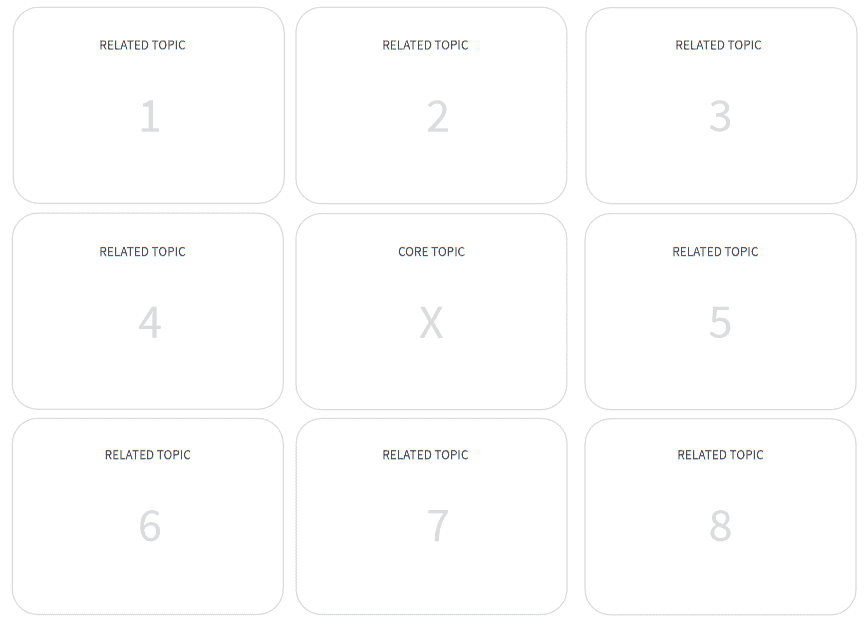Lotus Diagram Introduction
The lotus diagram is a powerful creativity tool mainly used for brainstorming. It can be compared to mind mapping, but due to the structure in the lotus diagram, better results can be achieved. Another name used for this tool is the lotus blossom technique. The technique was proposed by Michael Michalko, one of the world’s most esteemed creativity experts. The lotus diagram can be applied in several ways. For example, it can be used in collaborations between departments and organizations, improving business processes and defining problems or topics.

The lotus diagram is about the main idea, concept or issue being fully worked out. The diagram helps define that. The centre of the diagram contains the main idea, concept, or issue, surrounded by eight boxes representing the additional concepts, ideas, and information. These eight compartments form the blossom of the lotus. Subsequently, the eight compartments independently form their own lotus blossom because eight compartments are also formed around each compartment (compartments 1-8).

A lotus diagram ensures that a brainstorming session runs smoothly and effectively. It encourages lateral thinking because when people get stuck they can go back to the main idea, concept or issue and from there look for new connections to the subject. The diagram also promotes logical thinking by continuously focusing on the main subject. Asking critical questions about the main topic creates new ideas and discussions that encourage creativity. In addition, the lotus diagram can also help in discussing complex topics.
Template
Download Template
Lotus DiagramOnline Templates
Executing the Method
-
Step 1: Identify the core
In the group, determine which main idea, concept or issue (the core) is chosen for the lotus diagram. Get the right people involved in the process. Place the core topic in the center box. Use the template or draw yourself on paper or digital 3x3 squares.
-
Step 2: Brainstorming
Now that the main idea, concept or issue has been determined, the brainstorm can begin on all connections and relevant matters related to the core topic. Take your time for this brainstorm and then fill in these topics in the boxes (1-8) around the middle one.
-
Step 3: New blossoms
For each related topic, entered in boxes 1 to 8, a new blossom must be drawn. This means that for each connection a new box is drawn with eight boxes around it.
-
Step 4: Second brainstorm
Brainstorm the side issues of each related topic. For each related topic, all side issues related to the concept are noted in the surrounding boxes (1-8). In this way, a complete picture of the problem and all connections that influence it is created.
-
Step 5: New ideas
There is now a collection of 8x8 new ideas, definitions or aspects related to the core topic. Take the time to go over this and consider how the side issues are related to the problem. Think about which actions or activities will help the core topic further.
Necessities
Advantages & Disadvantages
-
It promotes lateral thinking, creativity, logical thinking and it helps discuss complex topics. The lotus diagram is effective and powerful.
